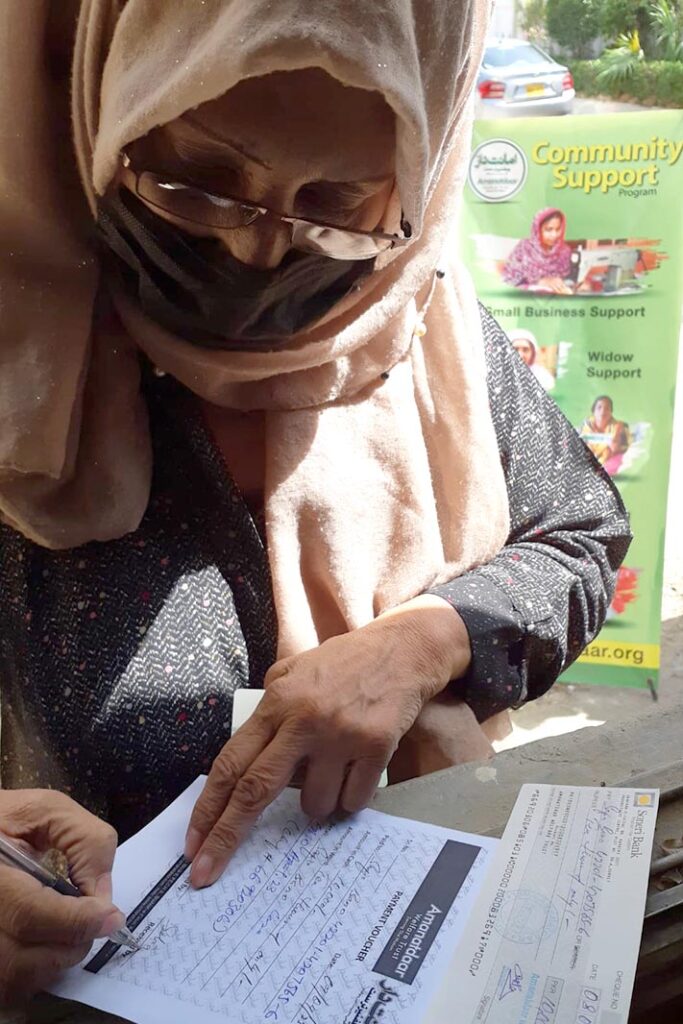In today’s rapidly changing economic landscape, financial hardship has become a pressing concern for many individuals and families across the United States. As the cost of living continues to rise and unexpected crises emerge, the need for reliable financial relief programs has never been more critical. One such initiative that stands out is the United Financial Hardship Relief program, designed to provide immediate support to those facing unforeseen challenges.
This article delves into the intricacies of the United Financial Hardship Relief program, exploring its purpose, eligibility criteria, application process, and the broader context of financial assistance available to Americans. Whether you’re navigating a personal crisis or seeking to understand how to access help, this guide aims to equip you with the knowledge needed to make informed decisions.
The Importance of Financial Hardship Relief
Financial hardship can strike anyone, regardless of their background or circumstances. Unexpected events such as job loss, medical emergencies, natural disasters, or sudden home repairs can quickly deplete savings and create significant stress. In these moments, having access to reliable financial assistance can be a lifeline, helping individuals and families regain stability and avoid long-term debt.
The United Financial Hardship Relief program is one of several initiatives aimed at providing this critical support. While it is not a government-funded grant, it serves as a vital resource for those in need, offering temporary financial aid to cover essential expenses during times of crisis.
Understanding the United Financial Hardship Relief Program
The United Financial Hardship Relief program is part of a broader network of support systems designed to assist individuals facing financial difficulties. While it is not a direct government grant, it often works in conjunction with federal and state programs to provide comprehensive relief.
Key Features of the Program
- Eligibility: The program typically targets individuals who have experienced a sudden financial setback, such as job loss, medical bills, or housing instability.
- Application Process: Applicants must demonstrate a genuine need for assistance and provide documentation to verify their situation.
- Types of Assistance: The program may offer aid in the form of rent or utility payments, emergency food supplies, or other essential services.
- Duration: Relief is usually provided on a short-term basis, with the goal of helping individuals regain financial stability.
How It Differs from Other Assistance Programs
While the United Financial Hardship Relief program shares similarities with other forms of financial aid, it is distinct in its approach. Unlike traditional loans, which require repayment, the program offers non-repayable assistance, making it an attractive option for those in urgent need.
Additionally, the program is often more accessible than government grants, which can be difficult to navigate due to complex eligibility requirements and lengthy application processes.
Eligibility Criteria for United Financial Hardship Relief
To qualify for the United Financial Hardship Relief program, applicants must meet specific criteria. While the exact requirements may vary depending on the organization administering the program, the following are common factors considered:
Income Level
Most hardship assistance programs are designed for individuals with low-to-moderate incomes. Applicants are typically required to demonstrate that their income falls below a certain threshold, often based on the Federal Poverty Level (FPL). This ensures that the program remains accessible to those who need it most.
Nature of Hardship
Applicants must provide evidence of a specific, unforeseen financial hardship. Common qualifying situations include:
- Recent job loss
- Significant medical expenses
- Displacement due to natural disasters
- Home repair costs
- Eviction or utility shutoff notices
Residency and Citizenship
Many programs require applicants to be legal residents of the United States. Some may also have additional requirements related to citizenship or immigration status, particularly for programs funded by federal agencies.
Household Composition
The number of people in the household and family structure can also influence eligibility. For example, households with children, elderly members, or individuals with disabilities may receive additional support.
Application Process for United Financial Hardship Relief
The application process for the United Financial Hardship Relief program varies depending on the organization providing the assistance. However, the following steps are generally involved:
- Research and Eligibility Check: Before applying, individuals should research the program to ensure they meet the eligibility criteria. This may involve reviewing income guidelines, residency requirements, and the nature of the hardship.
- Gather Documentation: Applicants must collect necessary documents, such as proof of income, identification, and evidence of the financial hardship. These documents help verify the applicant’s situation and ensure the program’s resources are used appropriately.
- Complete the Application: Once all documentation is gathered, the applicant can complete the application form. This may be done online, by mail, or in person, depending on the program’s requirements.
- Submit the Application: After completing the form, the application should be submitted through the designated method. Some programs may require additional information or interviews to assess the applicant’s needs.
- Follow Up: After submission, applicants should follow up with the program administrators to check the status of their application. Processing times can vary, and some programs may require additional documentation or clarification.
Alternatives to United Financial Hardship Relief
While the United Financial Hardship Relief program is a valuable resource, it is not the only option available. Individuals facing financial hardship may also consider the following alternatives:
Government Benefit Programs
The U.S. government offers a range of benefit programs designed to assist individuals in need. These include:
- Supplemental Nutrition Assistance Program (SNAP): Provides food assistance to eligible low-income individuals and families.
- Low Income Home Energy Assistance Program (LIHEAP): Helps with heating and cooling costs for eligible households.
- Temporary Assistance for Needy Families (TANF): Offers cash assistance to low-income families with children.
- Medicaid: Provides health insurance to eligible individuals and families with low incomes.
Non-Profit Organizations
Numerous non-profit organizations offer financial assistance to individuals in need. These may include:
- Feeding America: Operates a network of food banks and pantries to provide free groceries to those in need.
- Salvation Army: Offers emergency shelter, food assistance, and utility bill help.
- Habitat for Humanity: Provides affordable housing solutions and home repair assistance.
Community Resources
Local community organizations, such as United Way chapters and 211 services, can also connect individuals with financial assistance programs tailored to their specific needs.
Conclusion: Navigating Financial Hardship Relief
Financial hardship can be a daunting experience, but it is important to remember that help is available. The United Financial Hardship Relief program, along with other government and non-profit initiatives, provides critical support to individuals and families in need. By understanding the eligibility criteria, application process, and alternative options, individuals can make informed decisions about their financial future.
Whether you are facing a sudden crisis or simply seeking to understand your options, the key takeaway is that there are resources available to help you navigate financial challenges. With the right support, it is possible to regain stability and move forward with confidence.
Meta Title: US Trending News – Understanding United Financial Hardship Relief

Meta Description: Learn about the United Financial Hardship Relief program and how to access financial assistance in 2024. Stay updated with the latest news and resources.
Author Section
Author: Jane Doe
Title/Role: Financial Aid Specialist
Credentials: Jane Doe is a financial aid specialist with over a decade of experience in assisting individuals and families with accessing government and non-profit financial assistance programs. She has worked with numerous organizations, including Feeding America and the Salvation Army, to provide guidance on navigating the complex landscape of financial relief.
Profile Link: www.janedoefinancialaid.com
Trust & Credibility
- U.S. Department of Health and Human Services – LIHEAP
- Feeding America – Food Assistance
- Salvation Army – Emergency Assistance
Image Optimization













More Stories
What Is Yodo Para Tiroides and How Does It Affect Thyroid Health?
What is WSET? A Comprehensive Guide to Wine Education
US Trending News: What Are Winter Bones? A Guide to the Seasonal Trend in Bone Health